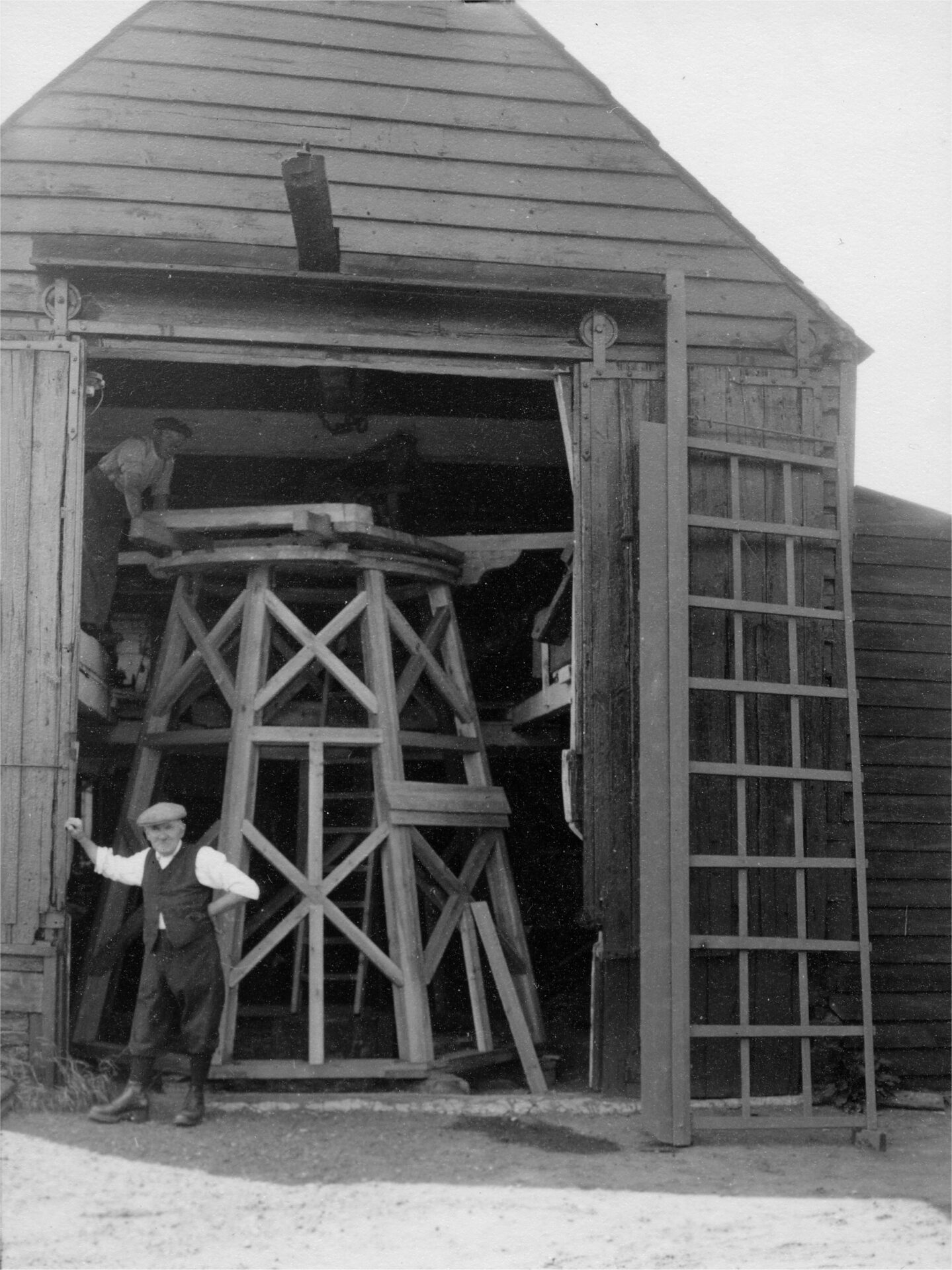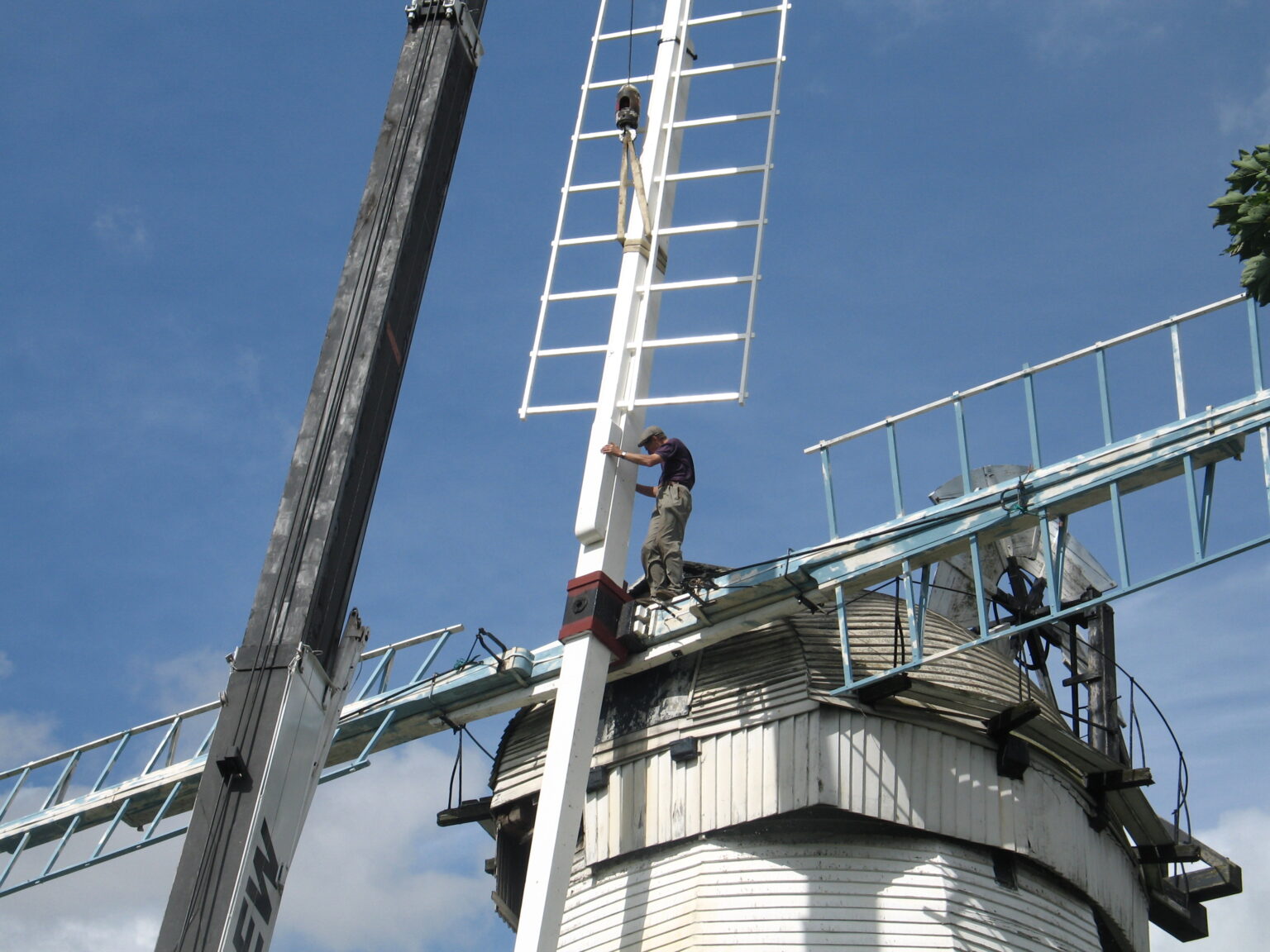Millwrighting is the traditional craft skill of building, repairing and maintaining a mill. It is a highly specialized skill that incorporates carpentry, engineering and metalwork. Physical evidence of millwrighting in Britain dates back to the Roman era, however it did not receive its name until around the 15th century. Over time, what was a thriving skill has now become endangered. As of 2019, millwrighting features on the Heritage Crafts Association Red List of Endangered Skills.
The Mills Archive is a permanent repository for the records of traditional and contemporary mills and milling, as well as similar structures dependent on traditional power sources. It makes that material freely available for public inspection and use in research and learning.

We would like to thank the The Swire Charitable Trust for providing funding for an intern to examine and promote our millwrighting records. The Swire Charitable Trust is an independent UK grant making trust. Since 1975 they have been supporting charities that share their commitment to delivering positive and lasting change to UK society. They fund charities that are working hard to protect and cultivate the skills and knowledge underpinning the UK’s heritage sector.
We would also like to thank our intern Hayden Francis-Legg who has been working on the millwrighting project. Without his work, this exhibition would not have been possible.

Share This

Since mills first appeared in Britain the craft of millwrighting has been practised in different forms. Mills were a huge part of British society, feeding communities for centuries. However, as technology advanced and milling became more efficient, fewer traditional mills were needed to provide flour for consumption. Although some wind and watermills are still maintained to working order to produce flour, most millwrighting work today is carried out to preserve old mills as a reminder of Britain's milling heritage.
However, as the interest in preserving milling heritage has slowly decreased, the number of millwrights also decreased. This is reflected by the difference in the number of millwrights in Britain today compared to the 1851 census. The census records around 10,000 millwrights, ranging from the traditional craftsmen to those attached to larger engineering firms. In comparison, today, the Society for the Protection of Ancient Buildings (SPAB) names only 15 millwrighting contacts in their Millwrights Directory. This serves as a stark reminder of the decline of the craft.

Since the foundation of the Mills Archive in 2002, we have accumulated a vast amount of millwrighting material. This ranges from detailed drawings of mills to photographs and millwrighting ledgers that detail the price of millwrighting work. Together, all of this material tells an important story of a once-thriving craft. We can learn a vast amount from these records, such as the prices of work in the nineteenth century and the attention to detail that the craft required. Using media and text, this exhibition will tell the story of the past and present state of millwrighting. It will cover the development of the craft, the materials that a millwright would use, the contrasts between past and present millwrights and the biographies of key millwrights. Technical language is used where necessary as an educational tool to familiarise the public with the terms millwrights used. These will be linked to the glossary, which you can find here. Overall, we hope to present an easily accessible introduction to the history of millwrighting that can be enjoyed by the public and mill enthusiasts alike.